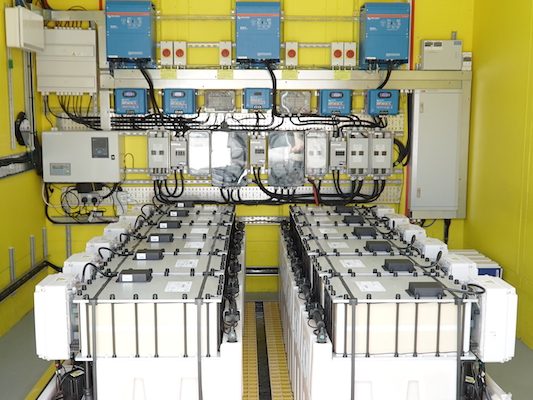Read The Full Article On: Reuters
Few things would please the world’s big automakers more than customers quickly returning to dealers’ lots to buy new cars once pandemic-induced lockdowns are lifted. What would top that is if many were to drive away in the battery-powered cars manufacturers have devoted hundreds of billions of dollars to develop. It may take state aid to tip the balance in electric vehicles’ favour.
Automakers’ outlook is brutal. Assuming factories reopen in full in the second half of 2020, global vehicle production would still decline by 21% from last year, IHS Markit predicts, the worst contraction since the financial crisis. Reflecting such pain, the Refinitiv Global Automobiles & Auto Parts index has fallen by nearly one quarter.
Still, the importance of Ford Motor and General Motors in the United States, Germany’s Daimler and Volkswagen and China’s Dongfeng Motor to their respective country’s economy should put automakers at the centre of any post-virus stimulus plans. And the International Monetary Fund has called for governments to pursue a green economic recovery.
These environmental and economic issues converge around electric vehicles, which by rights should become more appealing to drivers now. Air pollution, after all, might worsen the disease, adding to the concerns about climate change that first fuelled their adoption. Shares in Elon Musk’s Tesla, which accounted for around a fifth of global electric vehicle sales last year, have nearly doubled in 2020, signalling that carmakers should flog more than the roughly 2% of total auto sales the segment accounted for in 2019.
But battery-powered cars are in general more expensive, even though the affordability gap to vehicles running on fossil fuel has halved over the past five years. Jefferies analysts reckon the recent oil-price crash has widened gas guzzlers’ advantage to some $8,000 over the average ownership period. That’s a big hurdle when joblessness has skyrocketed.
Governments can help by, say, rehashing for electric vehicles the popular cash-for-clunkers programmes rolled out after 2009 in the United States, United Kingdom and Germany. Tripling the number of electric cars sold last year to 6.5 million with a $6,500 subsidy per vehicle, roughly the upper limit of what Germany currently offers, according to Deutsche Bank, would cost some $42 billion, or less than 1% of the combined 2019 GDP of the Organisation for Economic Co-operation and Development countries.
Pricey, yes, but hardly prohibitive. Faced with widespread economic devastation, states can afford to accelerate towards a lower-carbon future.

